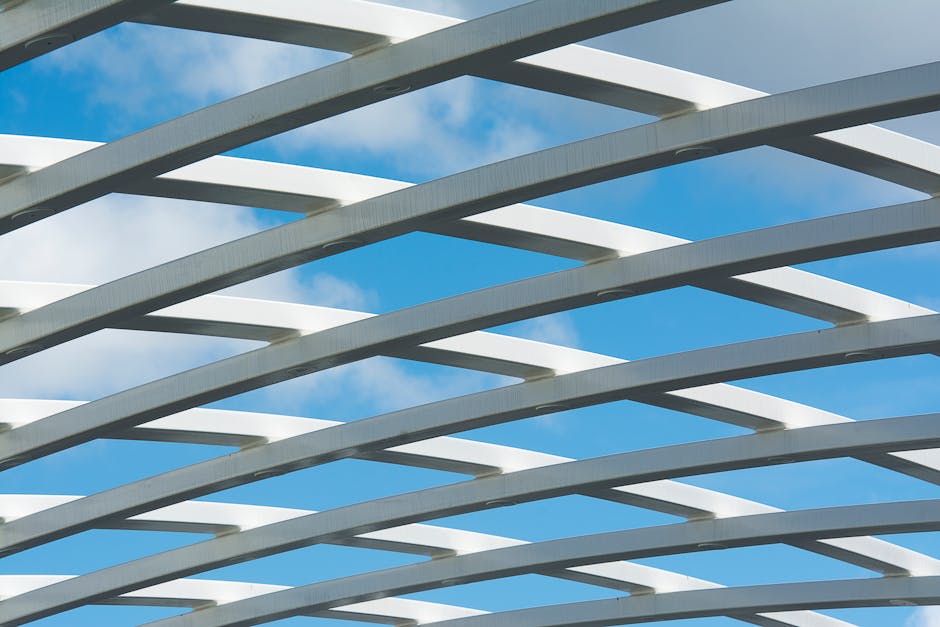Replacement Cost from Tile to Galvalume Roof: Know Your Upgrade Options
Upgrading your roof from tile to Galvalume can be a significant decision for homeowners. This change not only impacts the visual appeal of your home but also involves financial considerations, durability factors, and long-term benefits. As roofing materials play a critical role in protecting your property, understanding the costs and options associated with such an upgrade is crucial.

While tile roofs have long been popular for their aesthetic and insulation properties, Galvalume roofs are gaining traction due to their exceptional performance, lightweight nature, and cost-effectiveness over time.
Understanding the Cost Differences
The cost of replacing a tile roof with a Galvalume roof varies depending on several factors. Tile roofs are generally more expensive due to their weight, installation process, and material costs. The average price of installing or replacing a tile roof can range from $15 to $25 per square foot. This includes the labor involved in handling heavy tiles and ensuring the structure beneath can support their weight.
On the other hand, Galvalume roofs typically cost between $6 and $12 per square foot for materials and installation. The lighter weight of Galvalume reduces labor time and structural requirements, making it a more economical choice upfront. Additional costs may arise when removing an existing tile roof or reinforcing the structure to meet the specifications of your new roofing system.
In addition to material and labor costs, consider other expenses such as permits, waste disposal, and potential repairs to the underlying structure during the replacement process. Always request detailed quotes from contractors to gain a clear understanding of the total cost involved.
Advantages of Galvalume Roofing
Galvalume roofs offer several benefits that make them an attractive option for homeowners considering an upgrade from tile. One of its standout features is its resistance to corrosion, which is achieved by coating steel with aluminum and zinc. This makes Galvalume roofs highly durable and able to withstand harsh weather conditions such as heavy rain, snow, or intense heat.
Another advantage is their lightweight nature. Unlike tile roofs that require reinforced structures to handle their weight, Galvalume’s lightweight profile reduces strain on the building's framework. This not only saves on construction costs but also makes installation faster and easier for roofing professionals.
Energy efficiency is another key benefit of Galvalume roofs. The reflective surface helps reduce heat absorption, keeping homes cooler during warm months and potentially lowering energy bills. Galvalume is environmentally friendly as it is fully recyclable at the end of its lifespan.
Challenges in Transitioning from Tile to Galvalume
While upgrading from tile to Galvalume has its advantages, certain challenges must be addressed during the transition process. First, removing a tile roof can be labor-intensive due to its weight and fragility. Tiles need to be handled carefully to avoid damage, especially if some pieces will be reused or sold.
Another consideration is ensuring that your home's structure is compatible with a lighter roofing material like Galvalume. The framework initially designed for heavier tiles might require adjustments or reinforcements to properly accommodate the new material without compromising stability or safety.
Aesthetic differences between tile and Galvalume should also be taken into account. While tiles offer a classic look often associated with Mediterranean or Southwestern-style homes, Galvalume provides a more modern appearance that might not align with certain architectural styles. Discussing design preferences with your contractor can help ensure that the new roof enhances your home’s overall appeal.
Comparative Overview: Tile vs. Galvalume
| Feature | Tile Roof | Galvalume Roof |
|---|---|---|
| Average Cost (per sq ft) | $15 - $25 | $6 - $12 |
| Durability | 50-100 years | 40-70 years |
| Weight | Heavy (requires structural support) | Lightweight (less structural demand) |
| Aesthetic Appeal | Traditional/Classic Look | Sleek/Modern Look |
| Energy Efficiency | Moderate Insulation Properties | Highly Reflective Surface |
| Sustainability | Difficult to Recycle Fully | Fully Recyclable Material |
Making an Informed Decision for Your Roof Upgrade
When deciding whether to transition from a tile roof to a Galvalume one, consider both immediate needs and long-term implications. While initial costs may favor one option over another, evaluating factors like maintenance requirements, longevity, energy efficiency, and environmental impact is equally important.
If you're located in areas prone to severe weather conditions or looking for an energy-efficient solution, investing in Galvalume might prove more beneficial in the long run. Its durability and lower maintenance demands can offset higher upfront removal costs associated with replacing a tile roof.
A final point worth noting: Always consult multiple roofing professionals before making your decision. Obtaining diverse opinions ensures you have all necessary information tailored specifically to your home’s architecture and environmental conditions.
This shift from tile to Galvalume represents more than just an aesthetic choice; it’s about aligning practicality with innovation while meeting modern sustainability standards. Understanding these dynamics allows you not only to enhance your property value but also enjoy peace of mind knowing you’ve chosen wisely for years ahead.
